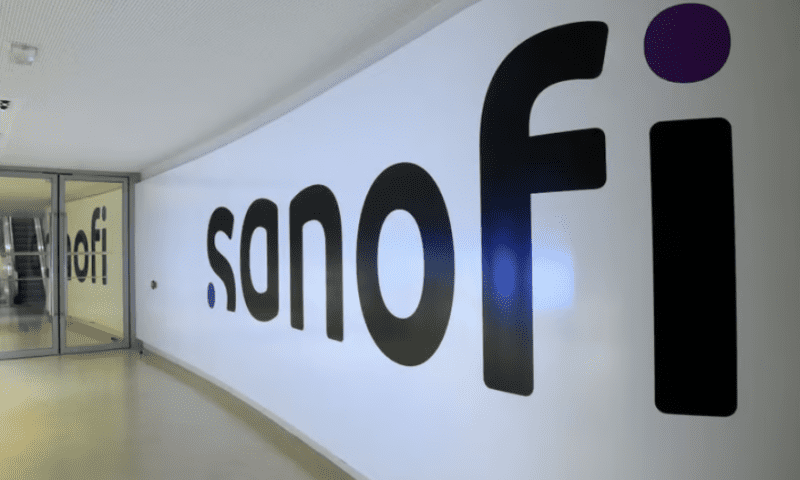Kymera Therapeutics has generated the first early clinical evidence that its targeted protein degradation technology works in immune-inflammatory diseases. In a small phase 1 trial, Kymera linked the IRAK4 candidate to improvements in symptoms, encouraging its partner Sanofi to take the program forward.
Sanofi paid Kymera $150 million upfront for global rights to its small-molecule IRAK4 protein degraders in inflammation and immunology indications in 2020, establishing itself at the forefront of efforts to move the modality beyond oncology in the process. Since then, Kymera has shared data in healthy volunteers, showing KT-474 degrades IRAK4, a kinase that controls inflammation, but also raising a safety concern.
After studying single and multiple-ascending doses of KT-474 in healthy volunteers in the first two parts of its phase 1 trial, Kymera enrolled 21 people with hidradenitis suppurativa and atopic dermatitis in part C of the study to test whether the safety profile, pharmacokinetics and pharmacodynamics hold up in patients.
After 28 days of daily dosing, Kymera saw plasma pharmacokinetics that were comparable to the results of the healthy volunteer study. IRAK4 knockdown in blood and skin was comparable to the earlier trial, with maximum degradation exceeding 90% and similar results seen across both indications. Cytokine reductions were also at least as good as those seen in healthy volunteers.
On the safety front, Kymera again saw extended intervals between the heart contracting and relaxing but called the QTcF prolongations “modest” and “non-adverse.” Kymera identified weak ion channel binding, not IRAK4 or degradation, as the likely cause of the QTcF prolongation it saw after giving multiple doses to healthy volunteers, but the effect was still a potential area of concern heading into part C of the trial.
The patient data go some way toward allaying the concern. While Kymera saw QTcF prolongation after seven to 14 days of treatment, the mean level was slightly below that seen in the earlier study and it “declined spontaneously with continued dosing, with resolution to baseline by day 28, and remained in the same normal range after cessation of dosing.”
Talking to investors last month, Kymera’s management called the clinical efficacy measures in part C of the trial “highly exploratory,” pointing to the size and design of the study. In the seven atopic dermatitis patients, Kymera saw mean reductions of 37% on an eczema scale and 63% on a 24-hour itch measure. Itch reduced by 62% in the hidradenitis suppurativa arm, which also tracked a 49% fall in pain scores.
Based on the data, Sanofi will move the program into phase 2. Kymera sees broad potential for KT-474, identifying indications with combined drug sales of $150 billion that could be open to the candidate. Pfizer knocked confidence in the target earlier this year by stopping a trial in hidradenitis suppurativa, but others, including Gilead Sciences, remain active in the space. The rivals aim to inhibit, not degrade, IRAK4.

